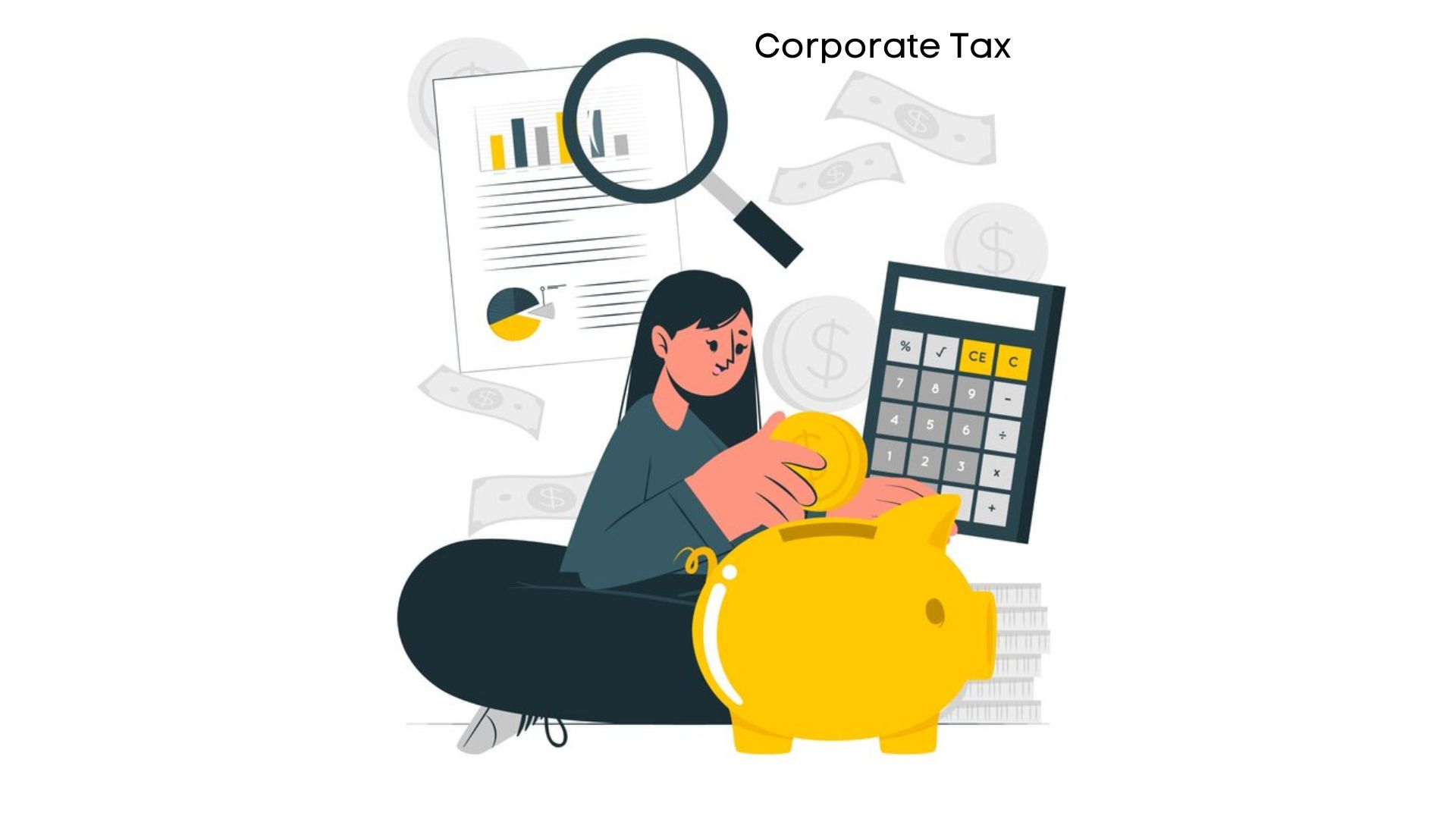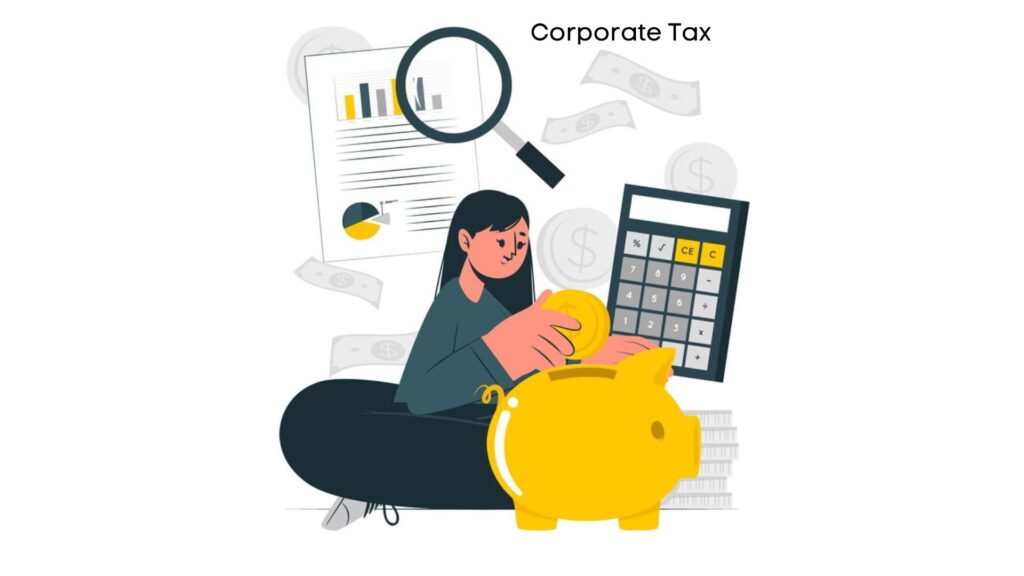
04 May Govt may focus on stricter compliance to boost corporate income-tax

The government may focus on stricter compliance to boost corporate income-tax (CIT) collections in the current financial year after tax revenues from companies fell short of the budgeted target in 2023-24, two people aware of the matter said.
It will use tools such as data analytics and artificial intelligence to boost CIT revenue to achieve the challenging target for 2024-25, they added requesting anonymity. It will also use Project Insight, an integrated data warehousing and business intelligence platform that allows tax authorities to nudge voluntary compliance and promote judicious tax administration.
Meeting the budget target of collecting ₹10.43 lakh crore CIT in 2024-25 is a challenge as it is about 14.5% more than ₹9.11 lakh crore mopped up in 2023-24, one of them said, citing provisional government data released last week. The budgeted target of CIT for 2023-24 was ₹9.23 lakh crore, which remained the same even at the RE stage.
“However, it is achievable as India continues to be the fastest growing major economy in the world with robust GST collections,” a second person said. The Reserve Bank of India (RBI) on April 5 projected that Indian economy will grow by 7% in FY25. Monthly Goods and Services Tax (GST) revenue, a weathervane of business activities, touched ₹1.78 lakh crore for March, the second highest ever.
The finance ministry and the Central Board of Direct Taxes (CBDT) did not respond to an email query. CBDT is an arm of the ministry responsible for CIT and personal income tax (PIT) revenues. Direct taxes comprise both CIT and PIT (including the securities transaction tax). Net CIT collections after refunds in FY24 lagged behind their respective budget estimate (BE) and revised estimate (RE) .
However, the collection of net PIT in FY24 ( ₹10.44 lakh crore) was robust and surpassed both the BE figure of ₹9 lakh crore and the RE figure of ₹10.22 lakh crore. Thus, India’s net direct tax collections (CIT and PIT combined) in 2023-24 exceeded the BE by 7.40% and RE by 0.67% at ₹19.58 lakh crore solely because of robust individual income-tax revenues, according to provisional data released by the finance ministry on April 21.
“The major reason for the increase in personal tax collection could be attributed to the Project Insight and higher yields from all major investment options,” an expert said. According to him, lower than expected corporate tax collection was due to global headwinds that impacted profitability of companies.
But experts also pointed to 2019’s corporate tax cut, which impacted collections. The government in 2019 slashed the corporate tax rate for domestic manufacturing companies from 30% to 22% and for new manufacturing firms from 25% to 15% in a measure aimed to attract investments and revive growth.
Another expert said: “In FY20, the CIT collections were low due to the combined effect of the rate cut announced in 2019 and the economic slowdown for past three years (before FY20). Later, the tax on dividends was also shifted from companies to shareholders. Since then, as per government’s own estimates, the effective tax rate burden on companies (including surcharge and cesses) has gone down from 29.5% in FY18 to 22.2% in FY21.”
According to an tax expert, PIT is doing better than CIT because the growth of individual tax payers outstrips corporate entities in absolute numbers. “. Also, technology interventions have led to a far deeper impact on filing proactiveness of individual tax payers,” he added.
He said the ideal tax structure would vary across countries, depending on their own specific economies. For instance, OECD countries rely more on personal income tax and social security contributions, which contributed 24% and 26% respectively to the total tax collections in the year 2021. CIT collections contributed only 10%, he said. On the other hand, the Asia-Pacific average for 30 countries (excluding India) indicates that PIT contributed only 16% to the total tax collections and 18% of the collections came from CIT for 2021, he added.
“PIT exceeding CIT is a positive trend and shows that economic gains are spreading within the working population. This is the second straight year where PIT is exceeding CIT,” he said. Generally, most countries tax corporate and business activity at lower rates than salaries and personal incomes, he added.


No Comments